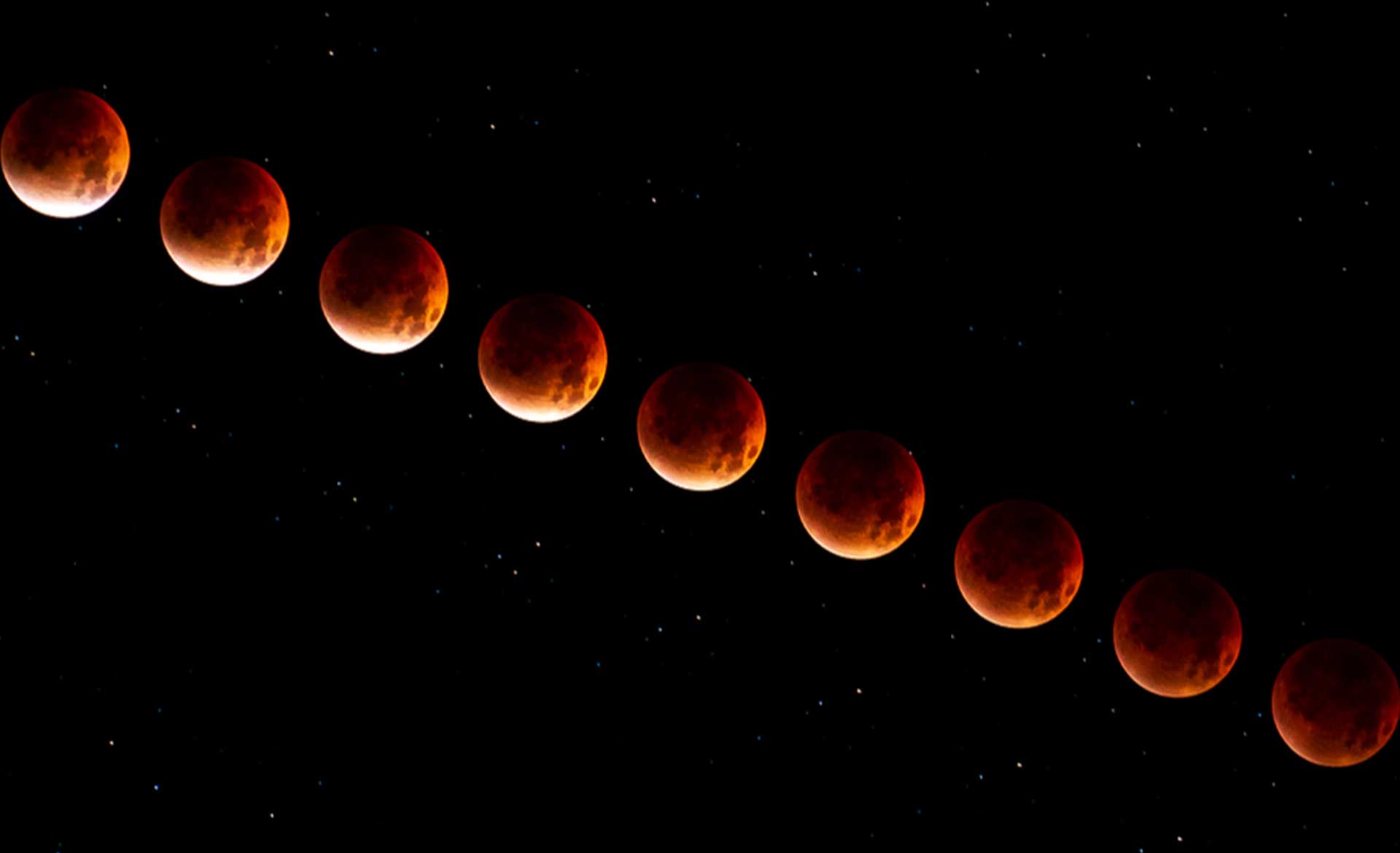
A total lunar eclipse on Sunday night and early Monday turned the moon a striking red, creating a “blood moon” that drew global attention.
Viewers in Asia and Western Australia saw the full event, while much of Europe and Africa caught it at moonrise. The Americas missed out this time. Time and Date estimated that over 7 billion people were within range of at least part of the eclipse.
The eclipse lasted nearly 80 minutes, unusually long as the moon passed deep into Earth’s shadow. Experts explained that Earth’s atmosphere bends and scatters sunlight, allowing red wavelengths to reach the moon, giving it shades of red, orange, or bronze.
Skywatchers also spotted Saturn appearing as a bright point just above the moon. The next total lunar eclipse is scheduled for March 3, 2026.
Credit: CGTN